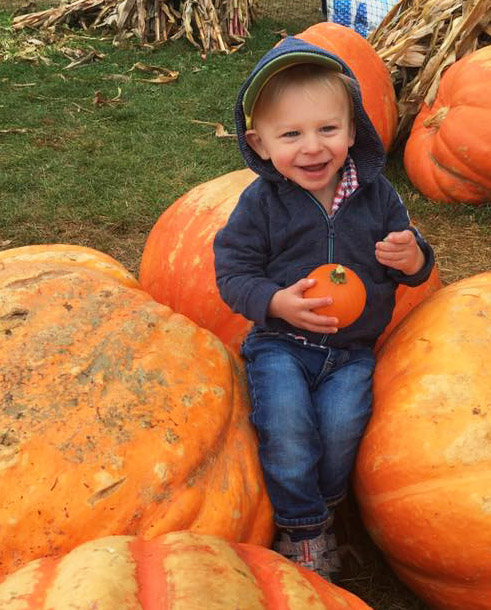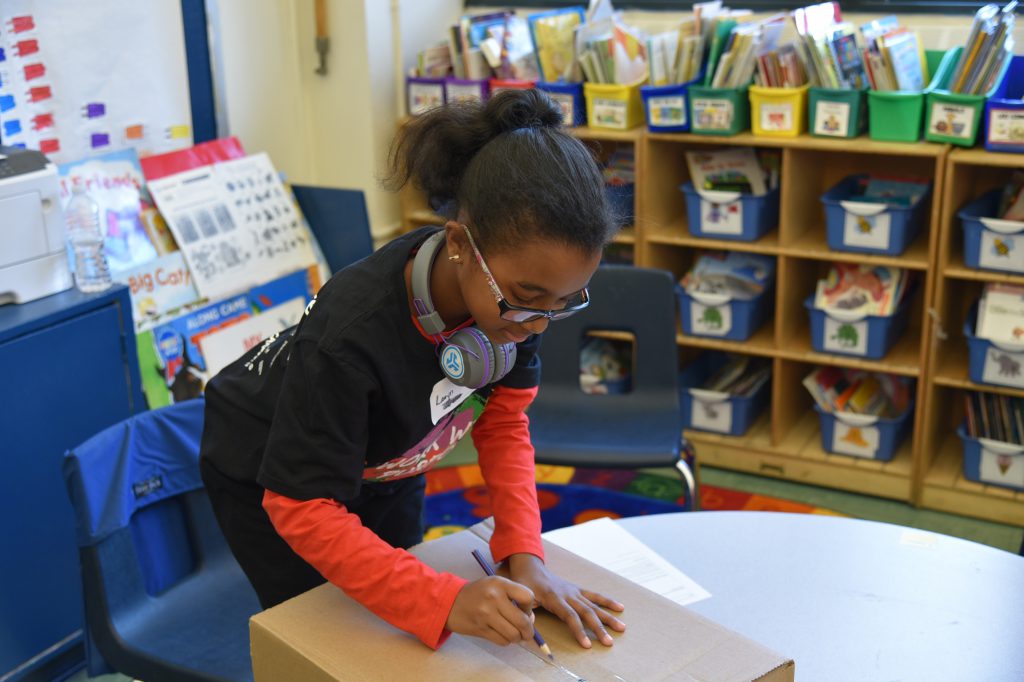Greetings, all! Are you needing a quick refresher on compressions only CPR? Well, it just so has it that the refresher you are looking for is below!
Note this post was developed and sourced by Bell Family from our training and experience in CPR, First Aid, and Fire Safety through the American Heart Association and from our training with the Fire Department of New York. We also cited trusted blogs for added information. Note this is NOT a training or certification. These are simply helpful tips.
How to perform CPR – Newborn/Infant
Perform CPR if the child is not breathing, has no pulse and has lost consciousness.
1. First do back blows
– If a baby is conscious but can’t cough, cry, or breathe and you believe something is trapped in their airway, carefully position them face up on one forearm, cradling the back of their head with that hand.
– Place the other hand and forearm on their front. The baby is now sandwiched between your forearms.
– Use your thumb and fingers to hold the jaw and turn them over so that they’re facedown along the other forearm. Lower your arm onto your thigh so that the baby’s head is lower than their chest.
– Using the heel of your hand, deliver five firm and distinct back blows between the baby’s shoulder blades to try to dislodge the object. Maintain support of the head and neck by firmly holding their jaw between your thumb and forefinger.
– Next, place your free hand (the one that had been delivering the back blows) on the back of the baby’s head, with your arm along the spine. Carefully turn the baby over while keeping your other hand and forearm on the front.
2. Then do chest thrusts
– Use your thumb and fingers to hold the jaw while sandwiching the baby between your forearms to support their head and neck. Lower your arm that is supporting their back onto your opposite thigh, still keeping the baby’s head lower than the rest of their body.
– Place the pads of two or three fingers in the center of the baby’s chest, just below an imaginary line running between the nipples. To do a chest thrust, push straight down on the chest about 1 1/2 inches. Then allow the chest to come back to its normal position.
– Do five chest thrusts. Keep your fingers in contact with the baby’s breastbone. The chest thrusts should be smooth, not jerky. Repeat back blows and chest thrusts.
– Continue alternating five back blows and five chest thrusts until the object is forced out or the baby starts to cough forcefully, cry, or breathe on their own. If coughing, let them try to cough up the object.
– Repeat the chest compressions and so on, until help arrives.
Child (toddler to approximately 7-8 years old, dependent on weight)
Check for alertness. Tap the child gently. See if the child moves or makes a noise. Shout, “Are you OK?”
– If there is no response, shout for help. Tell someone to call 911 and get an AED (if available). Do not leave the child alone until you have done CPR for about two minutes.
– Carefully place the child on his/ her back. If there is a chance the child has a spinal injury, two people should move the child to prevent the head and neck from twisting.
1. Perform chest compressions
– Place the heel of one hand on the breastbone — just below the nipples. Make sure your heel is not at the very end of the breastbone.
– Keep your other hand on the child’s forehead, keeping the head tilted back.
– Press down on the child’s chest so that it compresses about 1/3 to 1/2 the depth of the chest.
– Give 30 chest compressions. Each time, let the chest rise completely. These compressions should be FAST and hard with no pausing. Count the 30 compressions quickly.
2. Open the airway
– Lift up the chin with one hand. At the same time, tilt the head by pushing down on the forehead with the other hand.
– Look, listen, and feel for breathing. Place your ear close to the child’s mouth and nose. Watch for chest movement. Feel for breath on your cheek.
– If the child is not breathing: Cover the child’s mouth tightly with your mouth. Pinch the nose closed. Keep the chin lifted and head tilted. Give two rescue breaths. Each breath should take about a second and make the chest rise. Continue CPR (30 chest compressions, followed by two breaths, then repeat) for about two minutes.
– After about two minutes of CPR, if the child still does not have normal breathing, coughing, or any movement, leave the child if you are alone and call 911. If an AED for children is available, use it now.
– Repeat rescue breathing and chest compressions until the child recovers or help arrives.
Adult
100 beats per minute. Sing a song that goes along with the pace of the compressions (“Stayin’ Alive” by the Bee Gees or “Let’s Get It Started” by the Black Eyed Peas).
Safety Refreshers
Note this is NOT a training or certification. These are simply helpful tips.
Newborn and Infant (1 month-1year)
1. Burping
– Hold the baby with their chin near your shoulder. Support the baby with one hand and gently pat/rub their back with the other to soothe them while allowing their body to stretch out with your hand.
– Sit the baby on your lap with one hand, supporting their chin and pat/rub their back.
– Lay the baby at a slight angle (with their head higher than their chest) on your lap facing you; rub their belly to soothe them while they stretch out their body. We advise this method as a last resort after the above two.
2. Choking
– ONLY if you clearly see and can easily extract the item that is obstructing the airway, take it out. DO NOT stick your fingers down the baby’s throat to try and scoop something out (this can shove it farther down).
– If you cannot see the object, don’t try to find it. Start back blows.
3. Changing a diaper
– A newborn/infant’s diaper should be changed following each feeding, approx. every 2-3 hours. As child gets older, time frame will vary. Consult parent for schedule.
– Be sure that you put the diaper on correctly- not backwards.
– Dispose of used diaper properly.
Toddler Safety Techniques
– For naps and bedtime: Do not have anything in the crib with them, unless the parent instructs.
– Make sure electrical outlets are covered or inaccessible.
– Always keep one hand on an infant sitting on a high surface, i.e. a changing table to prevent falling.
– If there are stairs in the home, always use a gate.
– Keep your purse and any hazardous household items (electrical cords, medicine, cleaners, art supplies, toiletries etc.) out of a child’s reach.
– Stay with ALL children throughout bath time and never use more than a couple inches of water.
– Always ensure food is broken up into small enough pieces to prevent choking.
– Never administer medicine without the parent’s permission.
Pre K and K Safety Techniques
– Always use a helmet and/or protective pads when appropriate.
– If at a playground, make sure the equipment is age-appropriate for the children you are supervising.
– When crossing the street, choose street corners with crosswalks and make eye contact with drivers prior to crossing in front of them and always hold the child’s hand. Even if they are older, you must guide them across.
Elementary and Up Safety Techniques
– You are their biggest role model. Model safety first! Teach them safety rules for crossing streets, playing at playgrounds, etc.
– Avoid playing on non-impact-absorbing surfaces, like concrete.
– Remove helmets before using playground equipment.
– Keep screen use to a minimum.
1. AED Reminders
– Don’t use AED near water.
– Don’t use while child is wet or in a bathing suit.
2. First Aid Tips and Tricks
– Carry 1st aid Kit with you- band aids, Kleenex, wipes, etc.
– Don’t give kids medicine without parental permission.
– Always use sunscreen in summer.
– Bring water always.
3. Fire Safety Tips and Tricks
– Make sure the home is installed with fire alarms and carbon monoxide detectors. Change the batteries in all detectors every six months.
– Develop a home escape plan with the children and family in case of an emergency. Have two exit routes available. Do a practice fire drill so the children understand where they are supposed to go (make an activity of it).
– There are two types of apartment buildings, fireproof and non-fireproof:
a) A fireproof building is usually a high-rise, so the building is made of concrete, not wood. If the fire is not in your apartment, it is probably safer to stay inside than to enter a smoke-filled hallway. Keep the door CLOSED, and seal the gaps with duct tape or wet sheets/towels. Open the windows slightly. Call the Fire Department. b) A non-fireproof building is usually an older building, has an exterior fire escape, and is made of wood. If the fire alarm goes off, leave the building immediately.
– Children and toddlers have a curiosity about fire. Make sure they are taught to NEVER play with matches and lighters. If a child expresses curiosity about fire, calmly but firmly explain that matches and lighters are tools, not toys.
– Never leave a child unattended in a room with a lit candle.
– Do not use candles if the power goes out. ONLY use flashlights.
– Never use an extension for large appliances.
– Turn off/unplug all space heaters whenever you leave the room. Do not leave children unattended in rooms with space heaters. Never plug in space heaters into extension cords.
– Using a fire extinguisher for a SMALL fire: 1) Pull the pin, holding the extinguisher upright 2) Aim at the base of the fire, from 20 ft. away 3) Squeeze the handle 4) Sweep from side to side.
– Fire extinguishers can only be used ONCE, and must be replaced or refilled after a use.
– Cooking fires/grease fires should NOT be extinguished with water because it will splash the grease and spread the fire. First, turn off the stove. Then use either baking soda or slide a lid over the pan to smother the flame. Do not attempt to pick up/move the pan, and do not take off the lid before a couple of hours.
– Always stay in the kitchen whenever there is something on the stove. Keep pan handles facing inwards in case a child tries to grab at the handle. Ideally, keep pans on the back burners if the children are around.

Written by our Marketing & Social Media Coordinator, Taylor Bell!








